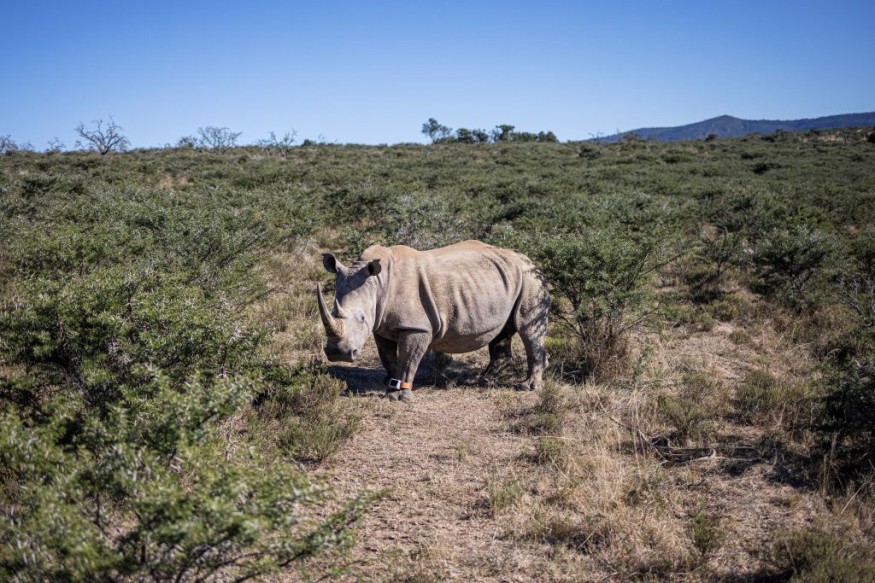The critically endangered eastern black rhino species gained a new member to its family as the 11-year-old Jozi gave birth to a youngster, adding approximately 100 pounds to the rhinoceros family at the Oregon Zoo.
Baby Rhino

The zoo newborn's caregivers said the baby rhino was born on December 4 at about 9:30 p.m. The baby and the first-time mother are getting along well in their private maternity room.
"The most satisfying thing for me is to see Jozi taking such great care of her baby. These first few days are especially critical, so we're being very cautious and giving them as much quiet time as possible," said Chad Harmon, who supervises the zoo's rhino area.
To provide the new family with a cozy space to connect, Jozi and her infant are off-view. Although the animal care staff has not intervened, they are keeping a tight eye on the pair to ensure that everything is going as planned.
The calf is already nursing nicely, so there won't be an urgent veterinary check by the staff. The gender of the newborn has not yet been established by the care team.
Read Also : Poachers Now Targeting Baby Rhinos
Endangered Species
The birth of the infant rhinoceros is a momentous occasion for the entire species, not just the Oregon Zoo, as Jozi and King, the baby's father, belong to the severely endangered eastern subspecies.
Jozi was born at the Pittsburgh Zoo on September 8, 2012, and she currently weighs over 2,400 pounds. She was given the names "Jo-" by her father, Jomo, and "-zi" by her mother, Azizi, by her keepers.
In 2021, Jozi relocated from the Milwaukee County Zoo to the Oregon Zoo, where she joined King, who had already arrived from Chicago's Brookfield Zoo. The actions were based on a rhino species survival plan suggestion from the Association of Zoos and Aquariums.
For several threatened or endangered species, the AZA has created Species Survival Plans, which are collaborative initiatives that support the development of genetically varied, self-sustaining populations and ensure the long-term survival of these creatures.
The black rhino's western subspecies was officially declared extinct in 2011. Some people think their horns have unique healing qualities, while others think they represent the wealth or royal ancestry of the person who owns them. Even though poaching rhinos is prohibited, poachers nevertheless kill two rhinos each day from this species.
"Poaching and the illegal wildlife trade have wiped out 96% of the world's black rhino population. In South Africa alone, we're losing almost a rhino a day. Hopefully, their story can help inspire a new chapter in the conservation of this incredible species," said Kelly Gomez, who oversees the zoo's Africa area.
One of the earliest animal groupings and practically living fossils are rhinos.
In addition to having a significant impact on their habitats, rhinos are a major source of ecotourism revenue in nations like Namibia.
This is particularly true for the indigenous populations in the country's arid northwest, which is home to the biggest population of free-roaming black rhinos in Africa.
Related Article : Baby Indian Rhino Born at Toronto Zoo [VIDEO]
© 2025 NatureWorldNews.com All rights reserved. Do not reproduce without permission.





